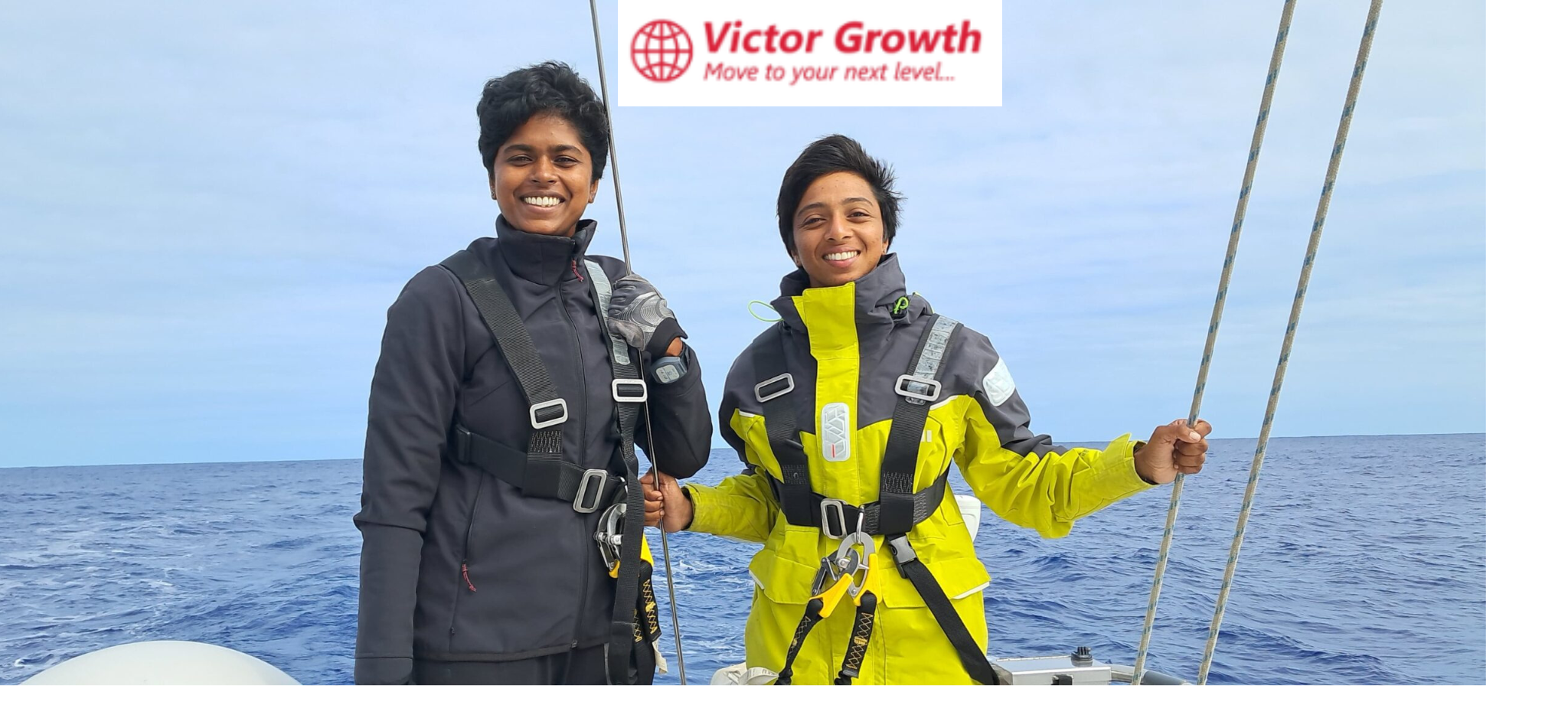Navika Sagar Parikrama II: India’s Bold Maritime Expedition
The Navika Sagar Parikrama II is a pioneering maritime expedition undertaken by the Indian Navy, featuring two women officers, Lieutenant Commanders Roopa A and Dilna K, who are circumnavigating the globe aboard the Indian Naval Sailing Vessel (INSV) Tarini. This ambitious journey, flagged off on October 2, 2024, from INS Mandovi in Goa, aims to cover approximately 23,400 nautical miles over an eight-month period, with an expected return in May 2025.
Expedition Route and Milestones
The circumnavigation follows a route with planned stops at four major ports:
Fremantle, Australia
Lyttelton, New Zealand
Port Stanley, Falkland Islands
Cape Town, South Africa
INSV Tarini successfully reached Fremantle, Western Australia, on November 9, 2024, after a 39-day voyage covering 4,900 nautical miles. The crew was warmly received by dignitaries, including the Consul General of India in Perth and representatives from the Royal Australian Navy.
A significant milestone was achieved when INSV Tarini crossed Point Nemo on January 30, 2025, at 12:30 PM (IST). Point Nemo, also known as the “Graveyard of Spacecraft”, is the most remote location on Earth, situated at 48°53′S 123°24′W. The Spanish research vessel Hesperides was the first to reach this location in 1999. This achievement marks an extraordinary feat in maritime history.
The all-female crew of the INSV Tarini embarked on a journey to traverse 40,000 kilometres, accomplishing a courageous feat in the Pacific Ocean by reaching a destination previously deemed unimaginable. The officers recently completed the third leg of their journey, navigating a remote stretch of the South Pacific Ocean spanning 2,688 kilometres, near Ducie Island, the nearest landmass.
Scientific Collaborations and Objectives
Beyond the sailing endeavor, Navika Sagar Parikrama II contributes to scientific research in collaboration with various institutions:
National Institute of Oceanography: Studying marine microplastics and ferrous content in the seas.
Wildlife Institute of India: Exploring marine megafauna, including large sea mammals.
Defence Food Research Laboratory: Providing customized pre-cooked Indian meals suitable for long voyages.
Sagar Defence: Supplying drones to capture visuals of the entire voyage.
These collaborations aim to enhance understanding of marine ecosystems and support sustainable practices.
Extreme Challenges and Feats of Engineering
The Indian Navy’s Navika Sagar Parikrama is currently in its second edition, showcasing a remarkable feat of maritime engineering. INSV Tarini, a 17-metre-long and 5-metre-wide sailing vessel, is undertaking this expedition solely powered by wind propulsion, with no engine or external support. The crew must navigate high seas and extreme weather conditions, covering more than 21,600 nautical miles (over 40,000 kilometres).
During the entire journey, the equator must be crossed at least twice. In 2017, six women officers from the Navy successfully completed a similar circumnavigation.
The Significance of Point Nemo
Point Nemo is renowned for its extreme remoteness. The closest human presence is often the astronauts aboard the International Space Station, orbiting 400 kilometres overhead. It is also known as the “spacecraft cemetery”, a designated location where decommissioned spacecraft are deliberately deposited at the end of their operational lives. NASA’s International Space Station is planned to be decommissioned in early 2031, culminating in a controlled de-orbit into this oceanic graveyard.
Legacy and Impact
Navika Sagar Parikrama II builds upon the legacy of India’s first all-women circumnavigation undertaken by the Indian Navy in 2017-18. This expedition showcases the capabilities and resilience of women officers in maritime operations while emphasizing India’s commitment to gender equality in the armed forces. It serves as an inspiration to future generations and marks a historic milestone in India’s maritime achievements.
As the expedition progresses, it continues to garner admiration, symbolizing a significant stride in maritime history and women’s empowerment in the Indian Navy.






